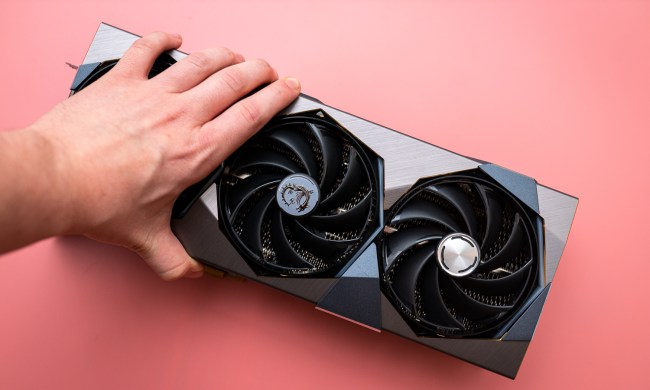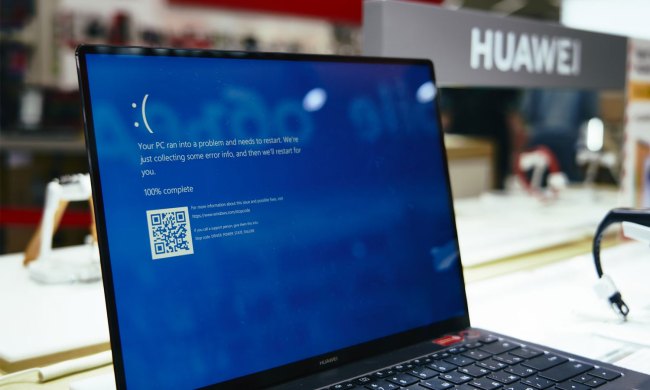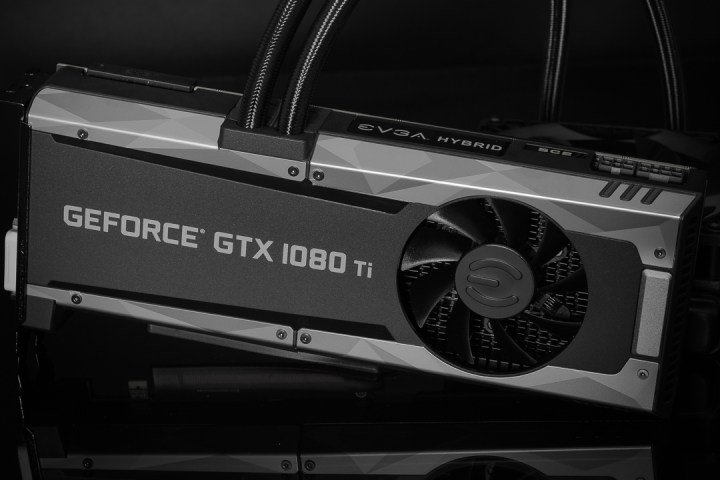
“iCX is the very definition of Interactive Cooling,” the company said on Tuesday. “With EVGA’s iCX Technology, users will have a better understanding of their graphics card’s operation. This includes temperature monitoring on key components (not just GPU) and targeted cooling, which provides better overclocking capabilities.”
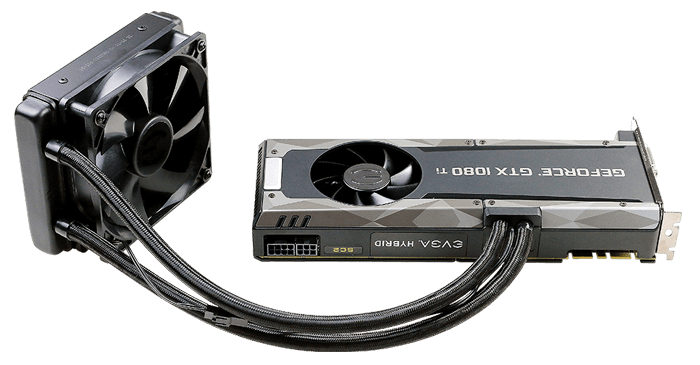
EVGA’s iCX system consists of three memory-focused thermal sensors on the face of the card, four power-focused thermal sensors on the bottom along with a sensor dedicated to the graphics chip. All this information is fed into EVGA’s free Precision XOC software for precise monitoring and temperature management.
Adding to these sensors is an included closed-loop water-cooled solution consisting of a 120mm radiator and fan. There is no maintenance involved other than the initial installation of the radiator/fan component. Backing this closed loop is a copper base for the GPU chip and a dedicated memory plate that makes direct contact with the on-board water cooling block. There is even a dedicated heatsink/fan that covers the voltage regulator module area.
Here are the SC2 Gaming Hybrid specs:
| Graphics chip: | GP102 |
| Graphics architecture: | Pascal |
| CUDA cores: | 3,584 |
| Base speed: | 1,556MHz (up from 1,480MHz) |
| Boost speed: | 1,670MHz (up from 1,582MHz) |
| Memory amount: | 12GB GDDR5X |
| Memory interface: | 352-bit |
| Memory clock: | 11Gbps |
| Memory bandwidth: | 484GB per second |
| Ports: | 1x HDMI 2.0b 3x DisplayPort 1.4 1x DL-DVI |
| Power connections: | 1x 8-pin 1x 6-pin |
| Power consumption: | 250 watts |
| Recommended system power: | 600 watts |
| Bus type: | PCI Express 3.0 |
| Max supported refresh rate: | 240Hz |
| Max digital resolution: | 7,680 x 4,320 |
| Dimensions: | 4.376 (H) x 10.5 (L) inches |
| Card height: | Dual-slot |
As the specs show, the card is overclocked compared to Nvidia’s reference design, with the base speed increased from 1,480MHz to 1,556MHz and the boost speed increased from 1,582MHz to 1,670MHz. Nvidia’s base GTX 1080 Ti design is a beast of a card on its own, but EVGA is cranking the animal up a notch for savage performance in PC gaming.
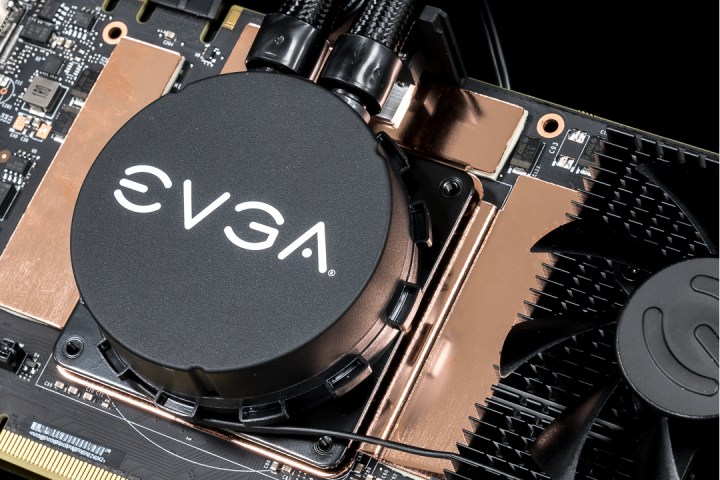
According to EVGA, those monster speeds are kept in check by the water cooling system. EVGA says the design provides “significantly” lower temperatures than the reference design — nearly twice as cool on the GPU front and around 30 percent cooler on the memory end.
But because the card includes closed-loop water cooling, customers may be curious as to what EVGA covers on the warranty front. According to the product page, the card has a three-year warranty covering parts and labor, and customers can get an extension within 90 days after purchase and registration. However, there does not appear to be anything covering damage to PC components caused by a possible faulty liquid cooling system.
So how much is EVGA’s new GTX 1080 Ti card? Try $810 over on Newegg. EVGA’s GTX 1080 Ti SC2 Gaming Hybrid does not appear to be available just yet, so keep checking back.

